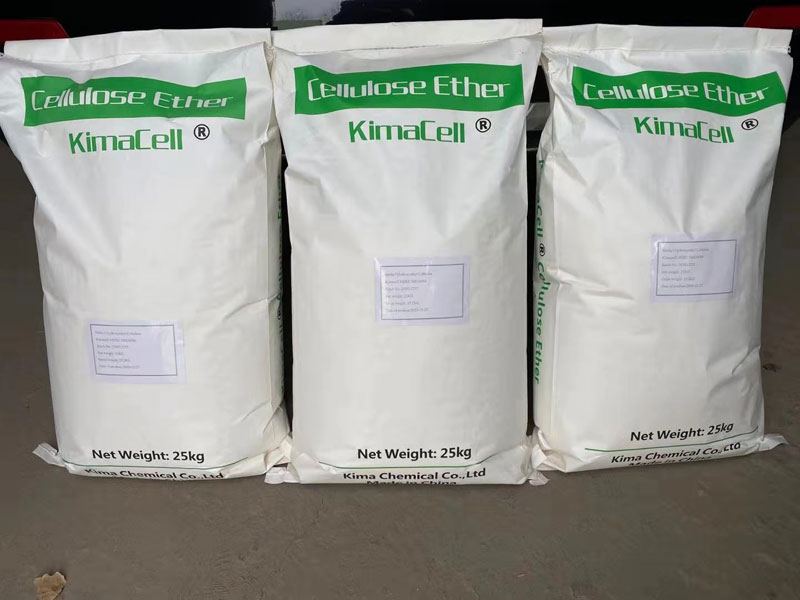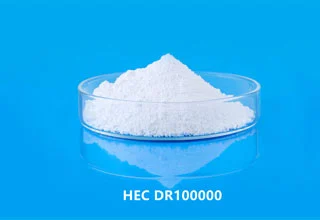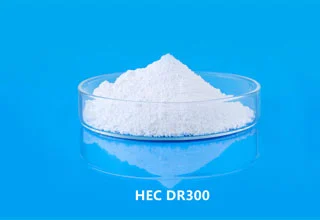Here are some advantages of using HEC in oil drilling:
Improves filtration control:
HEC can help to control fluid filtration by forming a filter cake on the wellbore wall. This can prevent the loss of drilling fluids into the formation, which can be costly and time-consuming to replace.
Increases lubricity:
HEC can improve the lubricity of drilling fluids, which can reduce friction and wear on drilling tools and equipment.
Reduces formation damage:
The use of HEC can help to reduce formation damage during drilling by reducing the amount of fluid that penetrates into the formation.
Improves fluid viscosity:
HEC is a thickener and a rheology modifier, which means it can increase the viscosity and stability of drilling fluids. This can help to prevent fluid loss and maintain hole stability during drilling.
Enhances suspension properties:
HEC can help to suspend drilling solids and other particles in the drilling fluid, which can improve the efficiency of drilling operations.
Can be used in a range of drilling conditions:
HEC can be used in a range of drilling conditions, including high-temperature and high-pressure environments, making it a versatile additive for drilling operations.

 English
English 日本語
日本語 français
français Deutsch
Deutsch Español
Español italiano
italiano русский
русский português
português العربية
العربية Türkçe
Türkçe Nederland
Nederland






